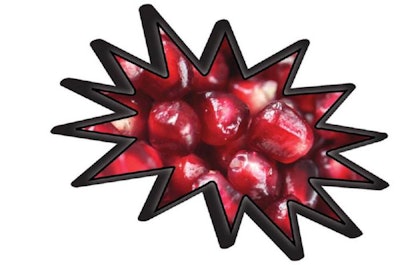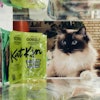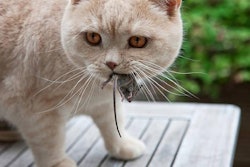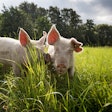
Pet food companies know the pet owners driving real, continued market growth seek to feed their pets similarly to how they feed themselves, searching for the same ingredients on both pet food and human food labels—and more and more, that means superfoods. (See http://goo.gl/IWs1BA.)
Recently, Mintel’s Global New Products Database showed a 202% rise in human food and beverage products launched globally between 2011 and 2015 that included the terms “superfood,” “superfruit” or “supergrain.” Last year alone saw a 36% increase.
Superfood and similar claims are essentially marketing terms used to describe foods that are supposedly nutrient dense. There is no official or regulatory definition for the terms, under any body worldwide. “Generally, superfoods refer to foods—especially fruits and vegetables—whose nutrient content confers a health benefit above that of other foods,” the European Food Information Council says. Scientific research backing the claims applies to just a few superfoods, and the studies themselves are often limited, because lab conditions are often very different from the way these foods are normally consumed.
Yet that has not dimmed their popularity, which Mintel ties to the strong consumer demand for highly nutritious products in general. For example, 73% of Italian consumers, 72% of French and Spanish shoppers, and 71% of German consumers believe that health-promoting benefits of natural foods (such as fruits and vegetables) are preferable to the benefits of functional additives. In the US, among consumers who prefer to purchase food products with “free from” claims, 84% say they do so because they are seeking more natural or less processed food.
The love affair with superfoods has spread to ancient grains and pulses, which have been used in pet food for some time now, particularly in grain-free products, and are certainly making their mark in human food, too. The United Nations has declared 2016 the year of the pulse, and the past two years, food and drink product launches containing green split peas have increased 126%, while ones with coral lentils have grown 62%, according to Mintel. Chia seeds, which we’ve seen appear increasingly in pet treats and some foods, are also on the rise in human foods and beverages: 70% globally over two years.


















